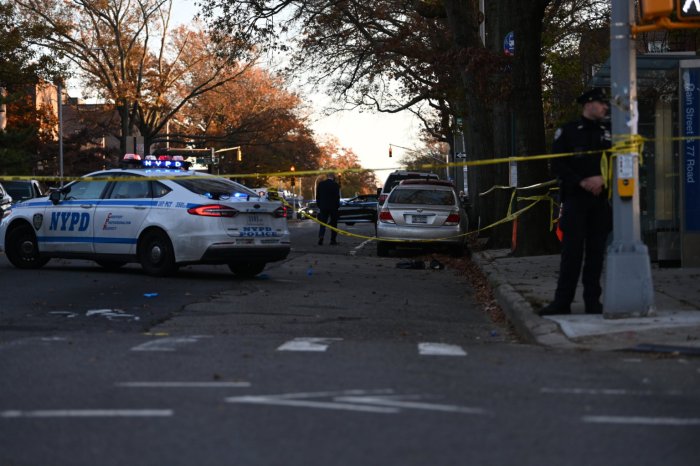By Kathianne Boniello
No matter how much Queens’ civic groups and city council members pressure City Hall to change the zoning laws when it comes to community facilities, the biggest obstacle may be the federal government.
In 2000, Congress unanimously voted in the Religious Land Use and Institutionalized Persons Act, which prevents government from restricting religious institutions through land use.
In Queens City Councilman Tony Avella (D-Bayside) and the Queens Civic Congress, an umbrella group of 102 civic organizations from around the borough, have been trying to raise awareness about what they call the abuses of community facilities.
Community facilities, which are often houses of worship but include a variety of organizations ranging from private medical offices to schools, are allowed to be built in residential areas of the city “as-of-right” — without restrictions and without notifying the community or city.
Community activists have said residential neighborhoods in Queens are becoming saturated with churches.
Under the RLUIPA statute, “no government shall impose or implement a land use regulation in a manner that imposes a substantial burden” on a religious group.
To prevent religious discrimination, RLUIPA requires municipalities to treat each religious group equally on land use issues.
U.S. Rep. Gary Ackerman (D-Bayside), who said he was not familiar with the quality-of-life issues created by community facilities in northeast Queens, said religious discrimination must not be tolerated.
“It is a very delicate issue which requires some sense of balance,” he said. “I don’t think residential neighborhoods should be turning away religious groups.”
Marci Hamilton, a lawyer from Benjamin Cardozo Law School who specializes in church/state issues, said true discrimination cases are rare.
RLUIPA creates “a self-confidence on the part of the churches that they can trump the land use rules,” she said. “It can’t be that churches get carte blanche.”
Hamilton said the notion that houses of worship built today are still a local phenomenon that draw nearby residents who belong to the church and walk to services is outdated.
“That was a century ago,” she said. “There’s no reason to think the church is coming in with any vested interests or ties to the community.”
Hamilton said municipalities looking to regulate the building of community facilities through zoning must keep in mind the provisions of RLUIPA.
“What they must do is look at their zoning law with a hard eye and figure out if it’s fair and if they’ve been applying it fairly,” Hamilton said. “They’ve got to be just ruthlessly neutral.”
There are several proposals for changing the city’s zoning law to regulate community facilities.
City Councilman John Liu (D-Flushing), said he would like to see the as-of-right status of community facilities revoked and a review process put in place to notify the community when a public facility is being built, a stance shared by Flushing’s Community Board 7 and the Queens Civic Congress. The Queens Civic Congress has also launched a letter-writing campaign throughout the borough to build pressure on City Hall.
Avella said he is targeting the abuses first.
City zoning rules exempt houses of worship from providing parking if they do not have “fixed seating,” or seating that is permanently attached to the floor. Avella said many get around the provision by using folding chairs.
“That’s the single biggest abuse,” said Avella, who is working to force community facilities to provide on-site parking for any newly constructed buildings.





























